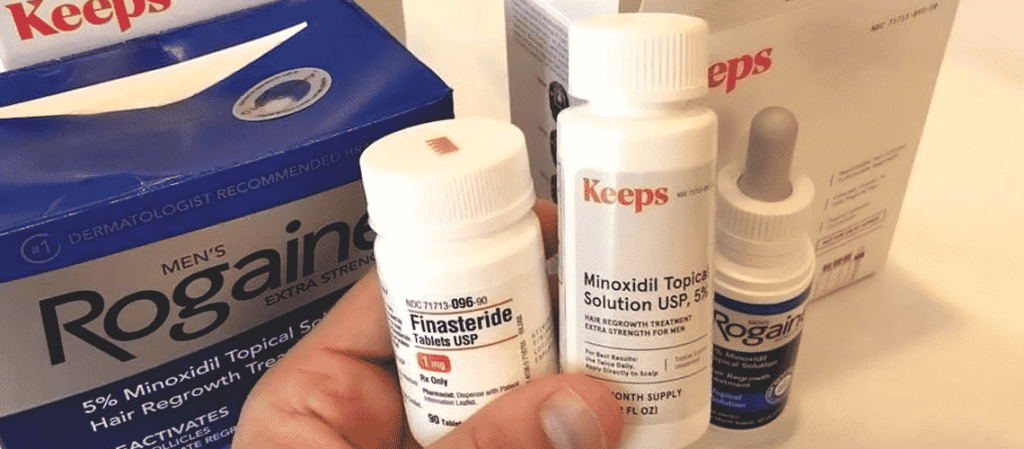
Welcome to the London Centre of Trichology blog, where we prioritize your hair health and safety. In this article, we will shed light on an important topic: the possible side effects of minoxidil. As a leading authority in trichology, we believe in providing you with the most accurate and up-to-date information to ensure your well-being. Read on to discover essential insights about minoxidil and its potential effects on your hair and overall health.
Understanding Minoxidil and its Purpose
- What is minoxidil and how does it work?
- The Role of minoxidil in promoting hair growth
- How trichology experts use minoxidil in hair loss treatments
Potential Side Effects of Minoxidil
- Recognizing common side effects: scalp irritation, itching, and dryness
- Uncovering the rare but severe side effects: dizziness, chest pain, and rapid heartbeat
- Exploring the connection between minoxidil and unwanted facial hair growth
Precautions and Safety Measures
- Consultation with a trichologist: the importance of professional guidance
- Understanding the recommended dosage and application process
- Safety guidelines for pregnant women and individuals with pre-existing medical conditions
Managing Side Effects and Seeking Professional Advice
- Tips for minimizing common side effects and discomfort
- When to seek immediate medical attention
- The role of trichologists in monitoring your progress and addressing concerns
Understanding Minoxidil: Minoxidil is a topical medication primarily used to promote hair regrowth in individuals experiencing pattern baldness. It works by stimulating hair follicles and increasing blood flow to the scalp. While minoxidil has shown promising results for many, it’s crucial to be aware of its potential side effects to make an informed decision about its usage.
Possible Side Effects:
Scalp Irritation: Some individuals may experience scalp irritation, including redness, itching, or dryness. This is a common side effect that typically subsides as your scalp adjusts to the medication.
Excessive Hair Growth: In some cases, minoxidil can cause the growth of fine facial hair or body hair. This side effect is more common in women.
Changes in Hair Color or Texture: Minoxidil may alter the color or texture of your hair. It could become darker or lighter, or even slightly curly. These changes are generally temporary and revert once you stop using the medication.
Rapid Heartbeat: In rare instances, minoxidil can lead to an increased heart rate. If you experience persistent rapid heartbeat or any other concerning cardiovascular symptoms, it’s important to consult a medical professional.
Allergic Reactions: While rare, some individuals may be allergic to minoxidil. Signs of an allergic reaction include rash, hives, itching, dizziness, or difficulty breathing. If you observe any of these symptoms, discontinue use immediately and seek medical assistance.
Precautions and Safety Measures:
To ensure your safety while using minoxidil, consider the following precautions:
Follow Instructions: Always follow the recommended usage instructions provided by your healthcare professional or the product label. Applying more than the recommended amount will not lead to faster or better results and may increase the risk of side effects.
Patch Test: Before applying minoxidil to your entire scalp, conduct a patch test on a small area to check for any adverse reactions or allergies.
Consult a Trichologist: It’s advisable to consult a trichologist or a healthcare professional specializing in hair and scalp conditions before starting minoxidil treatment. They can provide personalized guidance, assess your specific needs, and monitor your progress.
Monitor for Side Effects: While using minoxidil, be vigilant and observe any changes or reactions. If you experience persistent or severe side effects, consult a healthcare professional promptly.
Conclusion: Prioritizing your safety and well-being is our primary goal at the London Centre of Trichology. By understanding the potential side effects of minoxidil, you can make informed decisions regarding your hair health journey. Remember, always consult a trichology expert for personalized guidance and support. Stay proactive, stay informed, and nurture your hair with care.
Disclaimer: The information provided in this blog post is for educational purposes only and should not be considered a substitute for professional medical advice. Always consult with a qualified healthcare provider or trichologist for diagnosis, treatment, and personalized recommendations.
Introduction: Step into the world of cutting-edge hair care at the London Centre of Trichology, where we believe that the key to unlocking your hair’s full potential lies in understanding the intricacies of your scalp. In this comprehensive exploration, we’ll uncover the myriad benefits of scalp examination and how it serves as the cornerstone for […]
Embarking on the quest for thicker, healthier hair? Look no further than the London Centre of Trichology – your haven for hair care expertise. Hair loss is a common concern, and amidst the myriad of solutions, the strategic use of conditioner often takes a backseat. In this in-depth guide, we’ll delve into the nuances of […]
A Comprehensive Guide to Using Conditioner for Hair Loss at London Centre of TrichologyIntroduction: Embarking on the quest for thicker, healthier hair? Look no further than the London Centre of Trichology – your haven for hair care expertise. Hair loss is a common concern, and amidst the myriad of solutions, the strategic use of conditioner […]
© COPYRIGHT 2004-2023 LONDON CENTRE OF TRICHOLOGY. ALL RIGHTS RESERVED


